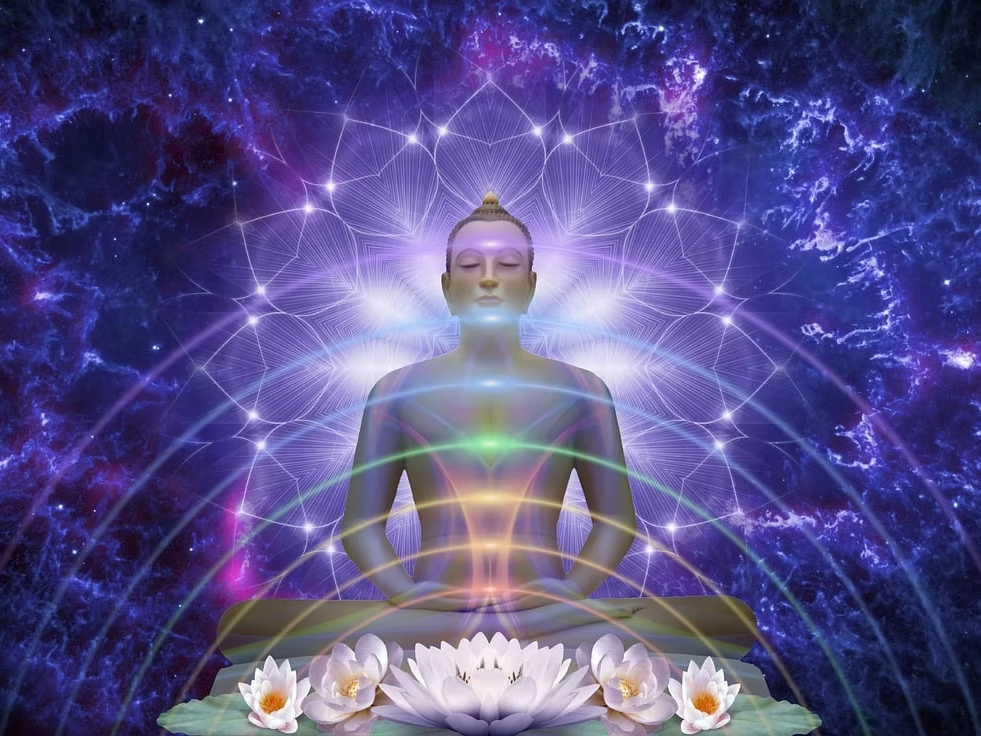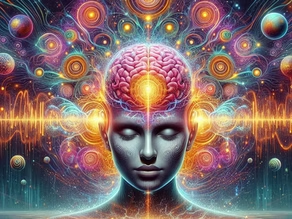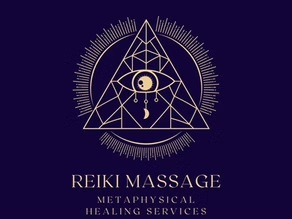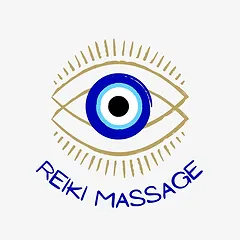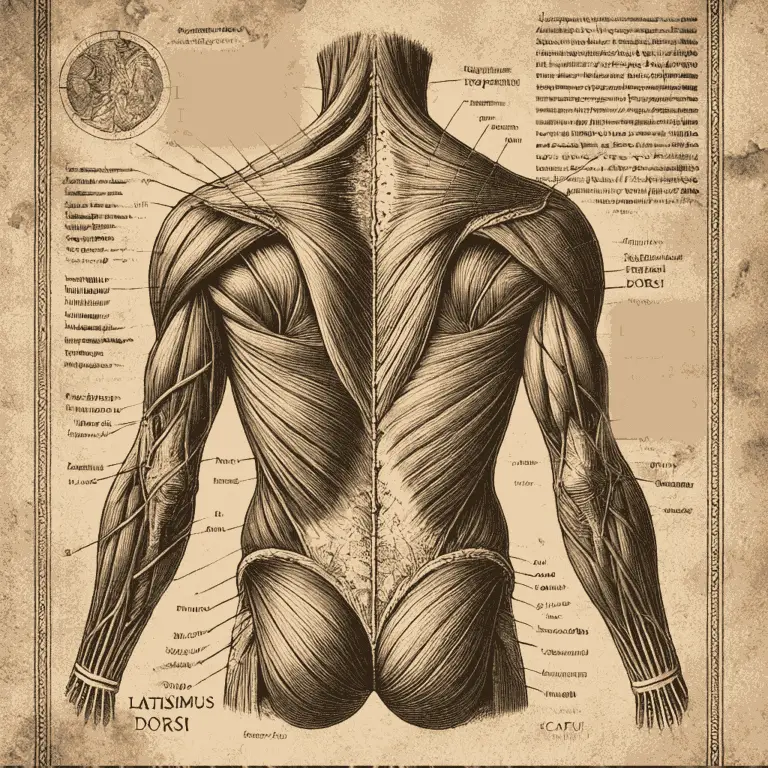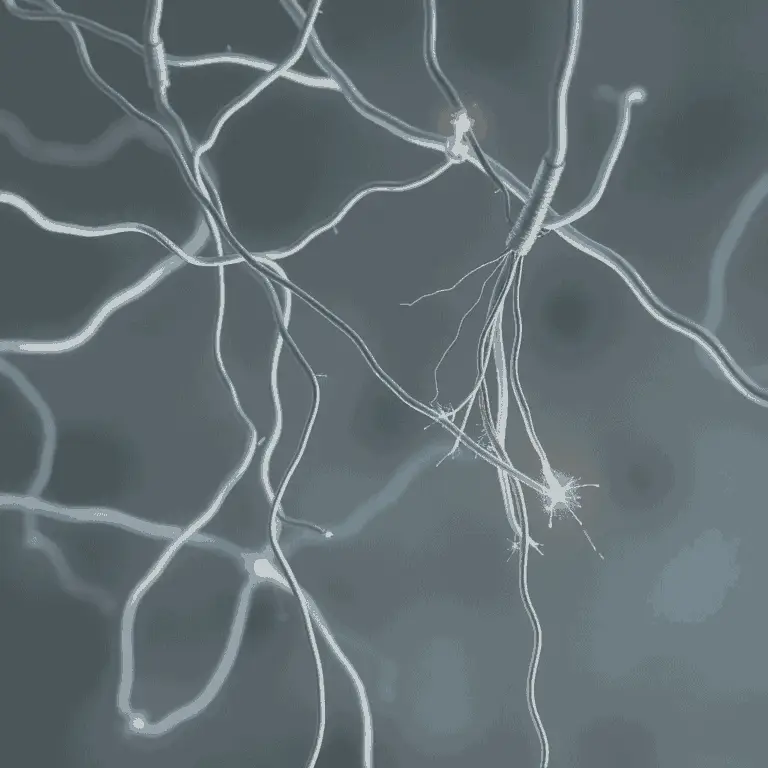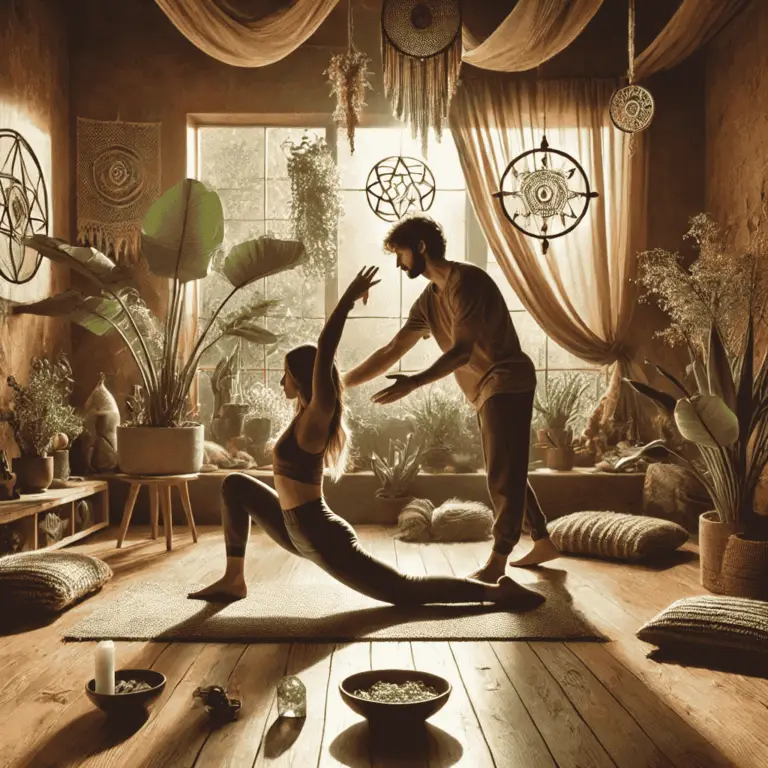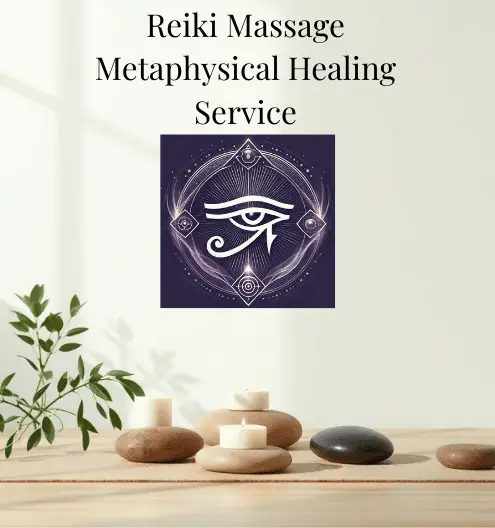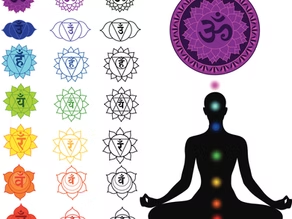
What It’s Like to Experience Reiki: A Journey into Energy Healing
Reiki is an ancient Japanese practice centered on the belief in a universal life force energy that flows through all living things. The word “Reiki” itself is a combination of two Japanese words: “Rei” meaning universal and “Ki” meaning life force energy or the vital energy that flows within the body. Although it has grown in popularity worldwide as a form of complementary therapy, the experience of Reiki can vary greatly from person to person. For those who have never tried it, the idea of having an energy healing session may seem unfamiliar or even elusive. What happens during a Reiki session? What does it feel like? Does it really work?
To understand the experience of Reiki, it’s important to first recognize that it is a deeply personal and subjective practice. There are no physical manipulations of the body, no medicine involved, and no invasive procedures. Instead, Reiki works through a practitioner’s hands, which are either placed gently on or held just above the body’s energy centers. The aim is to channel healing energy, clear blockages, and restore balance to the person’s physical, mental, and emotional state. Reiki works on the premise that energy can be directed to promote health, alleviate stress, and foster emotional well-being.
For many, the experience of Reiki begins with a sense of calm and relaxation, but the sensation can differ based on the individual’s state of mind, their openness to the treatment, and the specific issues they are facing. For some, it is a subtle, almost imperceptible feeling; for others, it can be deeply profound and transformative. Here’s a deeper look into what it’s like to experience Reiki.
Experiencing Reiki during a Session: Setting the Stage
The experience of Reiki typically begins the moment you walk into the room where the session will take place. Reiki is often performed in a peaceful, quiet setting, often dimly lit, and infused with calming music or the sounds of nature. This atmosphere is designed to help the recipient relax and create the right mindset for the energy healing. Many Reiki practitioners will guide you through a brief period of relaxation or meditation before the actual session begins, asking you to breathe deeply, focus on the present moment, and let go of any stress or distractions.
The practitioner usually asks for a few details about your physical and emotional state to tailor the session to your needs. This may include inquiring about areas where you feel tension or discomfort, as Reiki can be particularly helpful for those dealing with stress, anxiety, chronic pain, or emotional blockages. After this initial conversation, you will be invited to lie down fully clothed on a massage table or sit comfortably in a chair, depending on the practitioner’s approach.
The Beginning of the Reiki Session: Feeling the Energy
Once you are settled, the practitioner begins the process of channeling energy to you. Often, the first noticeable sensation is a sense of warmth or heat emanating from the practitioner’s hands. Some recipients feel a gentle, soothing warmth, while others may not notice anything physical at all. The practitioner will move their hands over or lightly touch various areas of your body, typically focusing on your energy centers, such as the chakras.
For those who are sensitive to energy or have a strong connection to their own intuition, they may experience the feeling of energy moving through their body, even if they are not aware of it consciously. This can manifest in different ways. Some individuals report feeling tingling sensations, a gentle pulsing or vibration, or even a wave of heat spreading through certain areas. The hands of the Reiki practitioner are often described as radiating warmth, which may be felt on the skin even though the practitioner’s touch is light.
Interestingly, many people report feeling a sense of deep relaxation and calmness during the session. While some are able to simply let go and allow the energy flow, others may experience a range of physical sensations, like muscle twitches or a deep sense of release in areas of tension or discomfort. For some, the sensation can be deeply soothing, as if their body is melting into the table or chair, weightless and at ease.
Emotional Responses: Releasing Blockages and Finding Relief
As the session continues, it is not unusual for people to experience a range of emotional reactions. Some individuals may feel a surge of emotions—tears may flow unexpectedly, or they may experience an overwhelming sense of peace and tranquility. This is often a sign that the energy is working to clear emotional blockages that may have been stored in the body for a long time. These blockages could be related to past trauma, unresolved feelings, or pent-up stress.
For others, Reiki may bring a sense of clarity or an awakening of long-hidden emotions. These emotional responses are often viewed as a sign of healing—when the body and mind are in a state of deep relaxation, it can create an opening for emotional release and transformation. In some cases, individuals may even experience vivid memories or visions that arise during the session. These might be moments of self-discovery or healing, as the energy works to bring unresolved feelings to the surface for release.
The release of emotions can be deeply therapeutic, and many people leave a Reiki session feeling lighter, more balanced, and more at peace. It is not uncommon for people to report feeling a renewed sense of optimism, emotional clarity, or calm after their Reiki experience.
Physical Sensations: Healing and Relaxation
Reiki is also known for its potential to alleviate physical discomfort. Many people report feeling a noticeable reduction in pain or tension after a Reiki session, whether it is chronic pain, headaches, or general physical stress. This reduction in discomfort can happen both during the session and in the days following it. While Reiki does not directly manipulate the body like massage therapy, it is thought to influence the body’s energy systems, promoting healing and relaxation.
The energy flow from Reiki may help to enhance circulation, alleviate muscle tension, and promote healing in areas that have been injured or weakened. Some people describe feeling a deep sense of relaxation in their muscles or an easing of chronic pain after the session. This physical release is often accompanied by a sense of warmth or lightness throughout the body. In some instances, discomfort may surface during the session, only to dissipate afterward, leaving the person feeling more in tune with their body and more connected to their inner sense of well-being.
For others, Reiki may not immediately result in physical relief, but they may notice a gradual improvement in their overall health or energy levels. This delayed response is common with energy healing practices, where changes occur over time as the energy continues to work on a deeper, cellular level.
After the Reiki Session: Integration and Reflection
Once the Reiki session is complete, many people report a feeling of profound relaxation and a heightened sense of well-being. In some cases, recipients feel a bit “buzzed” or energized, while others experience a profound sense of peace and stillness. It is important to give yourself some time to rest after a Reiki session, as the energy may continue to work in your body long after the session has ended. Many practitioners recommend drinking plenty of water afterward, as this helps to facilitate the body’s release of any toxins or blockages that may have been cleared during the session.
The emotional and physical effects of Reiki can continue to unfold for hours or even days after the session. For some people, the effects are immediate and profound, while for others, they may be more subtle, slowly revealing themselves as the body and mind process the healing. Over time, those who engage in regular Reiki sessions may notice a cumulative effect, experiencing greater emotional balance, increased energy, and improved physical health.
Conclusion: A Personal Experience of Healing
Reiki is a deeply personal experience, one that cannot be fully understood until it is felt firsthand. While some may experience profound physical sensations and emotional releases, others may find the effects to be more subtle or gradual. Regardless of the immediate response, the primary benefit of Reiki seems to be its ability to bring the recipient into a state of deep relaxation, where healing can begin. Whether it works through the placebo effect, the power of touch, or some other mechanism, many people find that Reiki offers them a sense of peace, relief, and balance.
For those open to the experience, Reiki can serve as a powerful tool for self-care, emotional healing, and relaxation. It offers a chance to connect with one’s own energy, clear blockages, and foster a sense of well-being. While scientific research on Reiki continues to evolve, those who experience it often attest to its healing benefits, with many returning for regular sessions as part of their ongoing journey toward greater health and harmony. Ultimately, what it feels like to experience Reiki is a reflection of the unique energy dynamics between the practitioner and the recipient, an intimate exchange that can bring profound healing and transformation.

